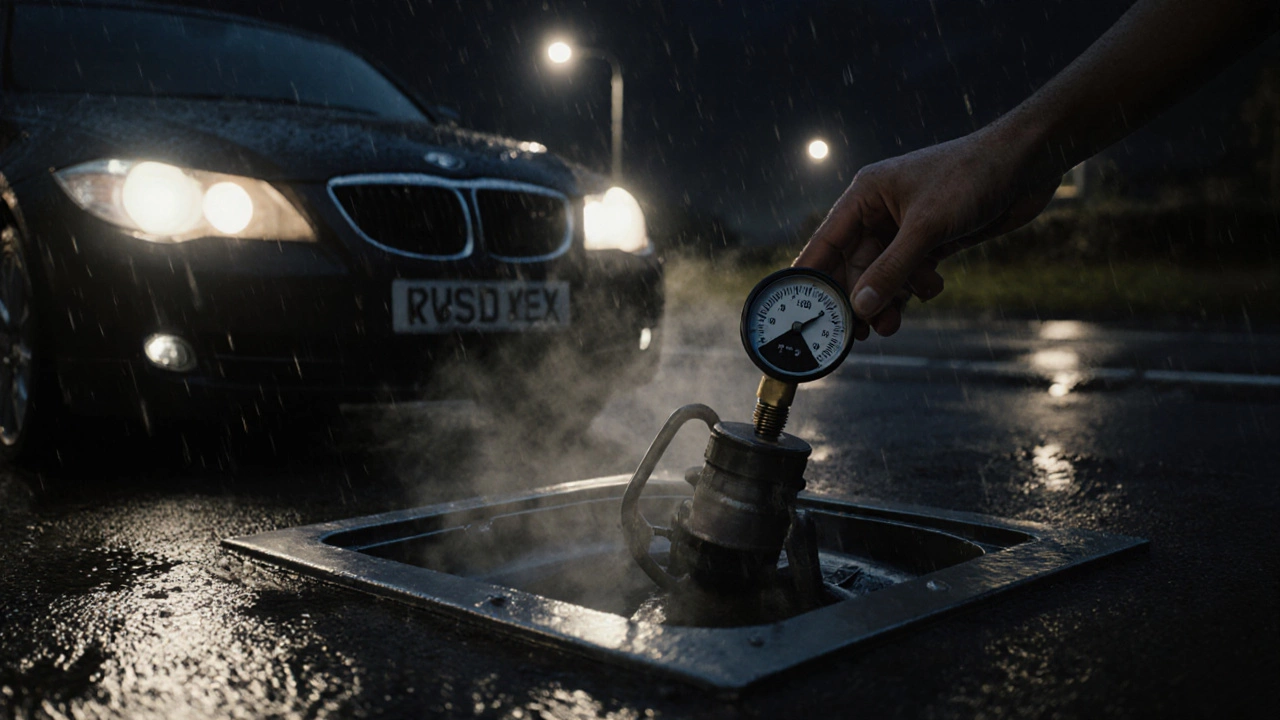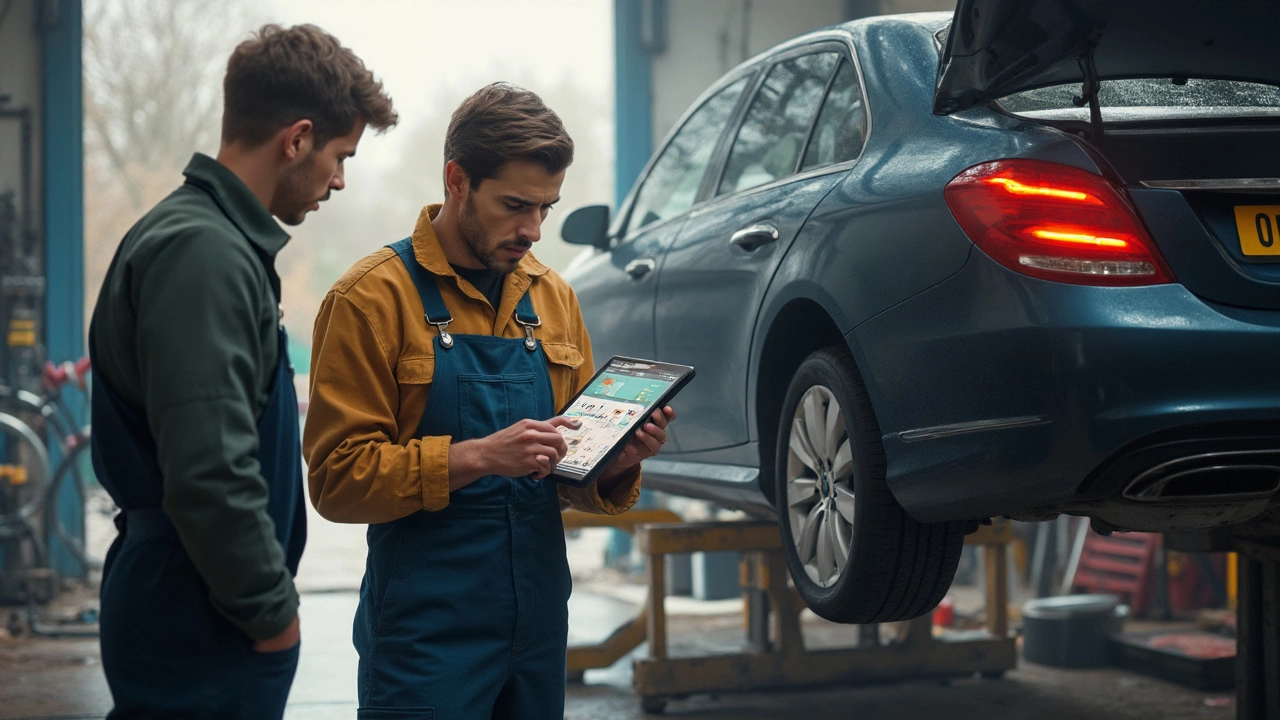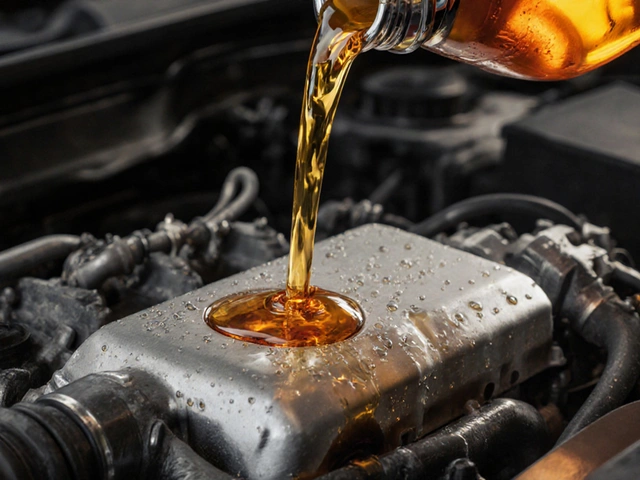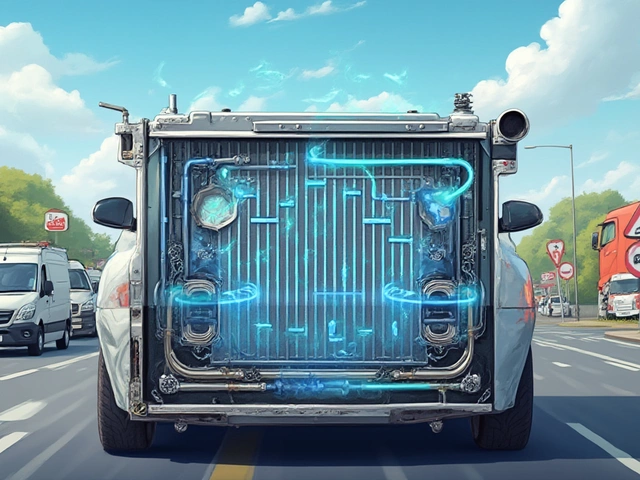Fuel Pump Repair: Quick DIY Guide for Everyday Drivers
If your engine sputters, stalls, or refuses to start, the fuel pump could be the culprit. You don’t need a mechanic’s jargon to understand what’s wrong. In this guide we’ll show you the most common signs of a bad pump, how to test it at home, and when it’s time to call a professional.
Common Signs Your Fuel Pump Is Failing
First, watch for these red flags. A whining noise coming from the back of the tank often means the pump motor is struggling. If the car starts fine when it’s cool but dies after a few minutes, the pump may be losing pressure as it heats up. Another clue is a sudden loss of power when you step on the accelerator – the engine can’t get enough fuel, so it lags.
Difficulty starting is a classic symptom. When you turn the key and hear a slow, labored crank, the pump might not be delivering fuel fast enough. You might also notice the check‑engine light flashing with codes related to fuel pressure (like P0230 or P0231). Finally, if you smell gasoline around the tank or notice a leak, the pump or its seals could be damaged.
Step‑by‑Step Fuel Pump Testing & Replacement
Before you rip the fuel tank out, try a basic test. Locate the pump’s electrical connector under the rear seat or in the trunk. Disconnect it and listen for a click when you turn the ignition on – that click is the pump’s relay engaging. No click? Check the fuse first; a blown fuse is an easy fix.
If the relay clicks, use a multimeter to check voltage at the pump connector. You should see around 12 volts when the key is on. No voltage means a wiring issue; trace the wires back to the fuse box and look for corrosion or broken clips.
When the electrical side checks out, test fuel pressure. You’ll need a fuel pressure gauge that screws onto the test port (usually on the fuel rail). With the engine running, the gauge should read the manufacturer’s spec – often 40‑60 psi. Lower numbers point to a weak pump, while zero pressure confirms a failure.
If the pump is the problem, you have two options: repair or replace. Some drivers replace just the pump and keep the tank, which saves money but requires careful sealing to avoid leaks. Others replace the whole fuel module (pump, filter, and seal) as a kit. The kit is pricier but reduces future headaches.
Replacement is straightforward if you’re comfortable working under the car. Drain the fuel tank (catch the fuel in a container), remove the tank straps, and lower the tank safely. Detach the fuel lines, electrical connector, and any vent hose. Take note of how everything fits – pictures help. Then swap in the new pump, re‑assemble, and refill the tank.
After everything is back together, prime the pump by turning the key to the “on” position a few times without starting the engine. This builds pressure in the system. Finally, start the car and check for smooth acceleration and stable idle. If the engine still struggles, double‑check your connections or consider a professional inspection.
Knowing these steps lets you spot fuel pump trouble early and decide whether a DIY fix will do or if a garage is the safer route. Either way, you’ll avoid being stranded and keep your car running smoothly.
 30 November 2025
30 November 2025
What Helps a Bad Fuel Pump? Fixes, Temporary Solutions, and When to Replace It
A bad fuel pump can't be fixed, but you can delay failure with fuel cleaner, a new filter, and keeping your tank above 1/4 full. Learn the real signs, what works, and when replacement is your only option.
 30 November 2025
30 November 2025
What Helps a Bad Fuel Pump? Real Fixes That Actually Work
A failing fuel pump won't be fixed by cleaners or boosters-but keeping your tank half full, using quality fuel, and replacing the filter can extend its life. Learn what actually helps and when to replace it.
 18 April 2025
18 April 2025
How Long Does It Take to Fix a Fuel Pump? Real-World Timelines and Tips
Not sure how much time you'll lose waiting on a fuel pump fix? This guide clears up how long it actually takes to replace or repair a fuel pump, breaking down each step and what can delay or speed things up. Learn about the right tools, potential hiccups, and practical steps you can take to make the fix easier. Whether you're thinking about doing it yourself or leaving it to the pros, this article covers real-time estimates and insider tips to dodge surprises. Save money, avoid headaches, and get your car running again faster.
Latest Posts
-

Suspension Noise Types: Three Sounds That Signal Trouble
-

Signs Your Fuel Pump is Failing: What to Watch For
-

Using Regular Oil Instead of Synthetic: Risks, Effects & What to Expect
-

How Many Miles Do Car Radiators Last? Lifespan, Maintenance & Replacement Tips
-

Understanding Car Tire Costs and What Influences Price

0